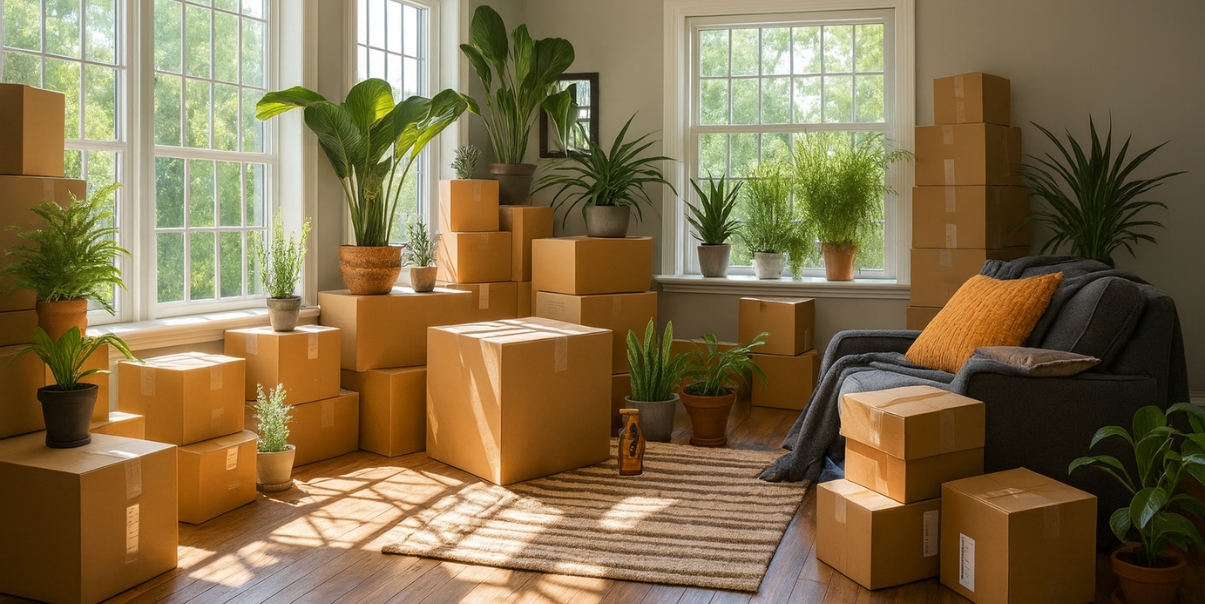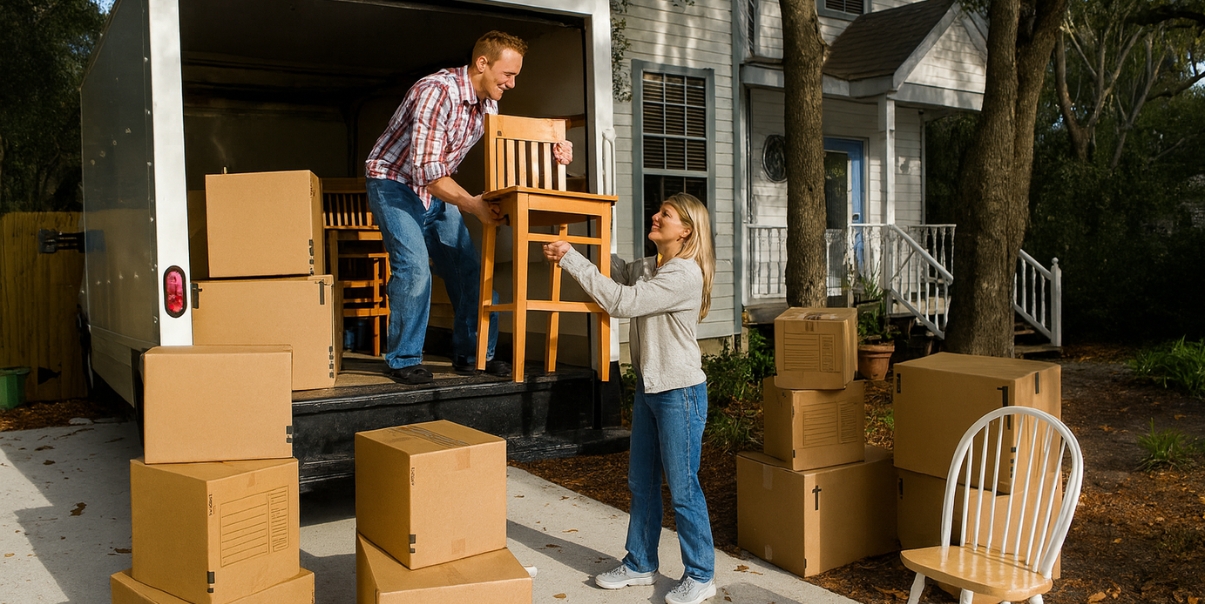6 Things You’ll Regret Packing During a Move
decluttering before moving
A move is more than a change of address—it’s your opportunity for a clean slate. Packing every single thing you own may feel like the quickest way to get it over with, but it’s a shortcut that creates long-term headaches. When you take the time to sort now, you’ll save hours later in unpacking, organizing, and even paying movers. Many professional handyman services who assist with small home projects say one of the top complaints from clients after a move is realizing how much space—and money—was wasted transporting items that should have been left behind.
Why Decluttering Before Moving Matters
Decluttering before a move isn’t just about minimalism; it’s about practicality. Moving companies often charge by weight, so every unnecessary box adds to your bill. Even if you’re handling the move yourself, fewer items mean less strain and a faster setup in your new home. Treat this stage like a preventative maintenance plan for your household—similar to calling in handyman services for general maintenance before it spirals into emergency repairs.
- Perishables and Consumables
Perishable food, open cleaning supplies, and half-used toiletries rarely survive a move intact. Not only do they risk leaking or spoiling, but they also add weight for no return. Use up what you can in the weeks before you leave or donate unopened items to neighbors. A quick “porch pickup” listing on Nextdoor or Facebook ensures someone benefits, and you avoid a sticky mess in the moving truck.
- Clothes You Never Wear
Packing wardrobes you’ve ignored for years is a classic moving mistake. Take inventory of clothing that doesn’t fit or hasn’t been worn in the last 12 months. Most people rotate through just a small fraction of their closets anyway. By taking only what you actually wear, you’ll lighten your load, make unpacking easier, and avoid cluttering your new closets.
- Hazardous and Restricted Items
Paint cans, batteries, and certain cleaning agents are restricted by most moving companies. They’re also safety hazards, especially in summer heat. Plan ahead and drop these at your local hazardous waste center before moving day. Think of it like emergency handyman work—it’s far safer to handle it proactively than discover an issue when it’s too late.
home maintenance before moving
- Items Your Household Has Outgrown
Children’s bikes, outdated electronics, or long-forgotten kitchen gadgets might hold memories, but they don’t belong in your moving boxes. If an item hasn’t been used in years, it’s a prime candidate to sell, donate, or recycle. This approach mirrors how a professional handyman handles outdated fixtures: if it’s not serving its purpose, it’s time for an upgrade.
- The Infamous Junk Drawer
We all have it—the drawer full of appliance manuals, old cell phone boxes, mystery cords, and broken gadgets waiting to be fixed. Sweeping it into a moving box might feel efficient, but you’ll just unpack the same chaos later. Use your move as the perfect excuse to clear it out, recycle paper items, and responsibly dispose of e-waste. When you arrive at your new home, you’ll enjoy a truly fresh start without drawers full of clutter.
- Useful but Unused Equipment
That bulky smoothie maker, carpet steamer, or power tool you’ve never touched? If you didn’t use it before, you’re unlikely to start now. These items eat up valuable moving space and create clutter in your new home. Sell them, donate them, or give them to a friend who will actually use them. Treat this like DIY assistance for your future self—you’re freeing up storage and making room for what truly matters.
How to Let Go of Items Responsibly
Getting rid of things doesn’t have to mean filling landfills. Professional organizers recommend the following steps:
- Schedule a bulk pickup with a local thrift store once you’ve finished decluttering.
- Post items online if donation centers won’t take them; neighborhood groups are often eager for free finds.
- Research recycling centers for hazardous items and plan a drop-off before moving day.
- Recycle paper goods like old manuals, plus your moving boxes after the move.
These small steps are a form of home upkeep—just like hiring a handyman for minor electrical repairs or flat-pack furniture assembly—ensuring your home stays organized and functional from day one.
Setting Yourself Up for a Smooth Move
Decluttering before a move is as essential as having a good emergency home repair checklist on hand. By avoiding the mistake of packing unnecessary items, you’ll cut costs, reduce stress, and enjoy a cleaner, more organized start in your new space. Treat the process as you would any smart home project: plan ahead, streamline what you bring, and invest time now to save headaches later.
When you finally settle into your new home, you’ll be grateful for every box you didn’t have to carry—and you’ll have more time and energy for the exciting projects ahead, from smart home device setup to minor handyman repairs that make your space feel truly yours.


